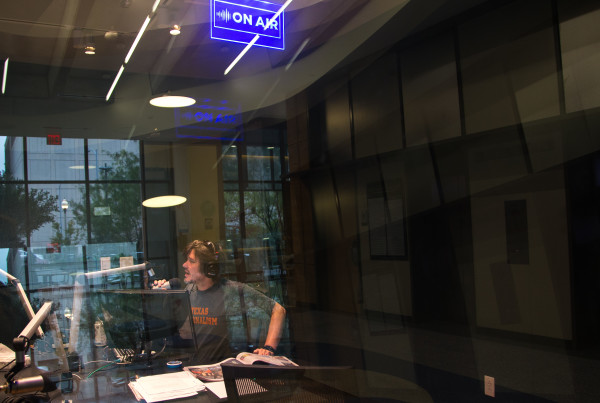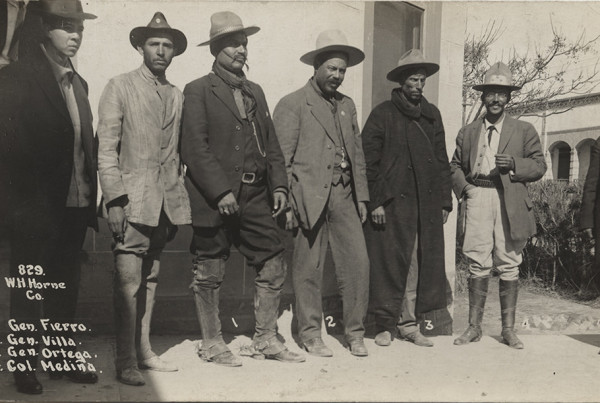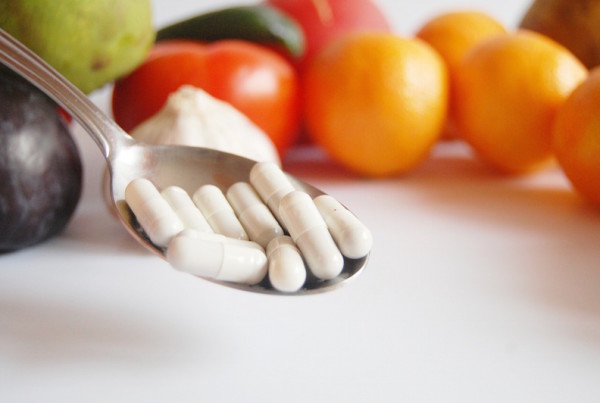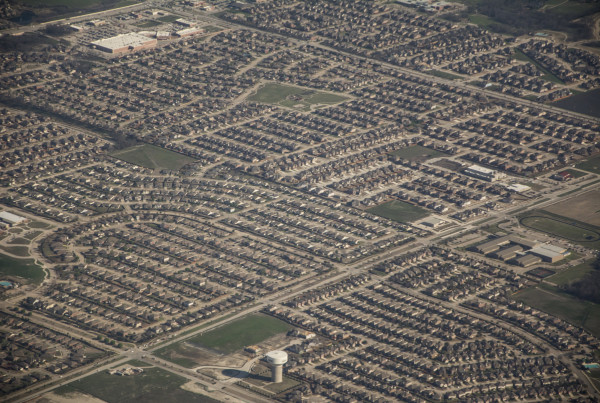This story originally appeared on KERA News.
So far this year, 14 high school football players have died across the country — seven after an injury on the field, another seven from indirect causes such as heat stroke and heart problems. That’s according to the University of North Carolina’s National Center for Catastrophic Sport Injury Research.
One of those tragedies came in October, when Cam’ron Matthews of Alto, Texas, died after collapsing on the sideline during a game.
First came dizziness, then the collapse
As the Alto Yellowjackets bounded out of their black and yellow inflated tent, through an artificial cloud of mist onto the field, there was no trace of sadness.
They were focused on winning.
On Friday nights, it feels like just about everyone from the small town of Alto comes to watch the boys play. It’s a couple hours southeast of Dallas. Some parents, like Misty Collins, get to the stadium early to stake out a spot on the metal bleachers.
Collins said on Oct. 17, 16-year-old Cam’ron Matthews told the coach he felt dizzy.
Then he collapsed on the sideline.
‘We just all prayed’
“We just all prayed, we prayed that he was going to be all right,” Collins says. “But the good Lord took an angel that was down here on earth.”
An angel – that’s how people talk about Cam’ron.
The 6-foot-tall safety was one of the team’s captains – the only junior elected.
“He’s our No. 1,” Collins said. “Our No. 1, very polite, and anything that came out of his mouth was ‘Yes ma’am and no ma’am.’ He was an awesome guy.”
After he collapsed, medics took Cam’ron to a hospital in East Texas. Doctors say he died of a brain aneurysm.
Winning for Cam’ron
Keenan Johnson, Cam’ron’s friend and teammate, said it’s been hard to get back in the groove. But instead of falling apart, the quarterback says the team has pulled together.
“It hurts that he’s not here; he’s one of my closest friends,” Johnson said. “But you know we dedicate it to him. We’re trying to win the state championship for him.”
Last weekend, in round one of the 2A playoffs, the Yellowjackets faced a longtime rival – the Groveton Indians.
Cam’ron was on the sidelines, in a way.
His No. 1 jersey perched on a wooden hanger for folks in the stands to see. His sister Paige sat in the bleachers at the 50-yard line.
After each touchdown, the Yellowjackets raised their hands, waving an index finger in a tribute to Cam’ron’s No. 1. The team won 63-14.
‘Make your kids as safe as possible’
Head coach Paul Gould said he’s proud of how the players are handling their teammate’s death.
Gould knows some parents are concerned about injuries associated with football, especially concussions. This year, the UIL, Texas’ governing body for high school sports, says it will start counting concussions for the first time. Almost 90 percent of concussions in high school football happen from player-to-player contact, which is why in Texas full contact during practice is limited to 90 minutes a week.
“We try to make sure we coach [them] to hit in the correct way,” he said. “You try to make your kids as safe as possible, ’cause that’s our job.”
But changing coaching or game plays, Gould said, wouldn’t make sense.
“We’ve been told it quite possibly has nothing to do with football,” Gould said. “It just happened to happen on a football field.”
Football ‘teaches you to deal with things’
Not one parent pulled a kid from the playoffs, and Gould said he hopes what happened doesn’t fuel negative ideas about football.
“What football teaches kids for the rest of their life in my opinion is priceless,” he said. “It teaches you to deal with things. This situation is definitely teaching them to deal with things as they move forward.”
Cam’ron is also helping family and strangers move forward with their lives, a family friend said at the game.
“Even in death, he is giving to other people,” Kimberly Hinson said. “Because he chose to be an organ donor and he helped save six people.”
One of Cam’ron’s kidneys went to his grandfather.

















